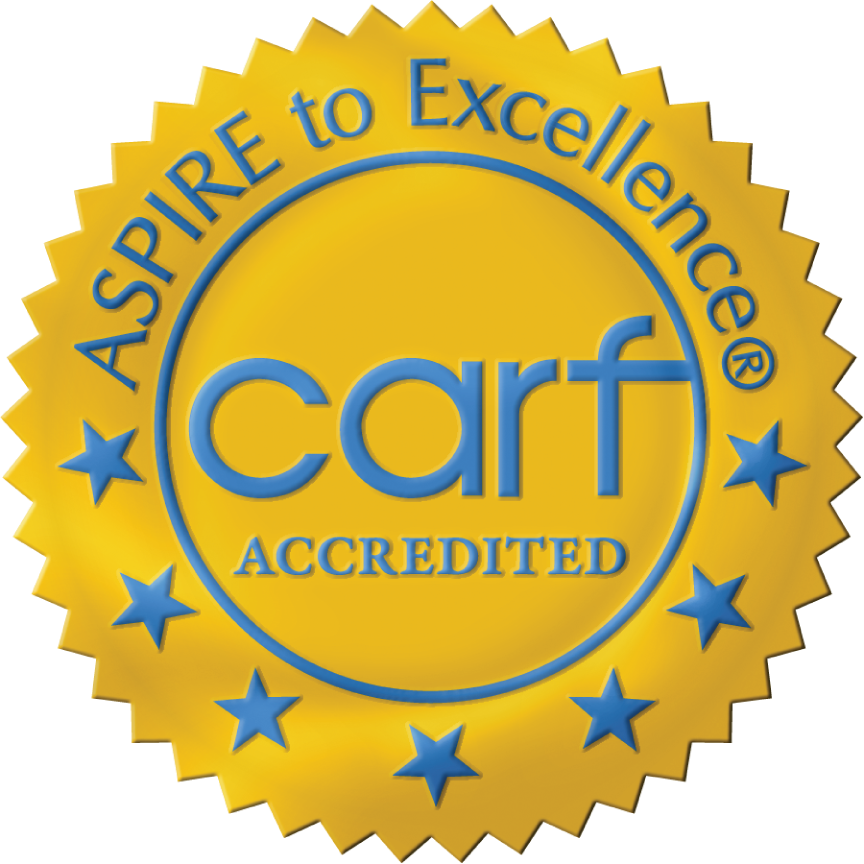
Somatic Awareness: Strengthening Mind-Body Integration Through Equine-Assisted Therapy
In our fast-paced, often stressful world, it’s easy to become disconnected from our bodies. We might ignore physical sensations, push through pain or numb ourselves to emotions. Over time, this disconnection can take a toll on our well-being. One powerful way to reclaim that mind-body connection is through equine-assisted therapy, which uses horses to help individuals cultivate somatic awareness. This heightened awareness of the body and its sensations can be transformative, especially for those recovering from trauma, addiction or chronic stress.
What is Somatic Awareness?
Somatic awareness refers to the ability to perceive, feel and interpret the sensations and signals our body sends us. It’s about being present in our bodies—feeling our muscles, breath, and heartbeat—and understanding how emotions and thoughts manifest physically. This awareness is essential for emotional regulation, mental clarity and physical health. When people lose touch with their body’s signals, they may become numb to emotions, lose their sense of self or experience anxiety and stress without understanding why.
Somatic awareness is not just about noticing physical sensations; it’s about recognizing the mind-body connection. For instance, you might notice tension in your shoulders or a pit in your stomach when you’re stressed. A heightened awareness of these sensations lets you respond to stress more mindfully, potentially avoiding harmful coping mechanisms.
How Equine-Assisted Therapy Promotes Somatic Awareness
Equine-assisted therapy leverages horses’ unique nature to facilitate deep personal awareness and healing. Horses are highly sensitive to their surroundings and human emotions. They pick up on subtle shifts in body language, energy, and emotional states, often mirroring what they sense from the people around them. This makes them incredible partners in the therapeutic process, offering immediate, nonverbal feedback to individuals.
Working with horses requires a level of presence and attunement to bodily sensations that many people are unaccustomed to. A person interacting with a horse must be mindful of their posture, breathing and energy, as the horse will respond to these cues. If someone is tense, anxious or distracted, the horse may become restless or uncooperative, reflecting the individual’s mind and body.
This feedback loop between horse and human encourages participants to become more aware of their physical and emotional states. Over time, this practice of heightened somatic awareness can lead to greater integration of the body and mind, fostering a deeper understanding of how emotions manifest in the body.
Cultivating Mind-Body Integration Through Equine-Assisted Therapy
Many people—especially those who have experienced trauma or addiction—tend to dissociate from their bodies. They may feel numb or detached, unable to recognize the physical sensations of emotions. Equine-assisted therapy helps to bridge that gap, bringing people back into their bodies in a safe and supportive environment.
Here’s how working with horses can cultivate mind-body integration:
- Non-Verbal Communication: Horses communicate almost exclusively through non-verbal cues, which forces individuals to tune into their body language and emotions. Participants must know how they approach the horse, their body position, and their breathing patterns. This encourages mindfulness and body awareness.
- Emotional Regulation: Horses are susceptible to emotional energy. The horse may become nervous or distant if someone is anxious or emotionally dysregulated. This encourages individuals to practice calming techniques, such as deep breathing or grounding exercises, to regulate emotions. Over time, this practice helps people become more attuned to their emotional states and how they manifest physically.
- Embodied Awareness: Interacting with a horse often requires physical tasks such as grooming, leading, or riding. These activities demand a level of physical presence and coordination, which helps individuals reconnect with their bodies. The physicality of working with horses can bring people out of their heads and into the present moment, fostering a sense of embodied awareness.
- Building Trust and Safety: For those who have experienced trauma, the body can feel like a dangerous or unsafe place. With their gentle nature and non-judgmental presence, horses provide a safe space for individuals to explore their bodily sensations without fear of judgment or harm. Over time, participants can learn to trust their bodies again, rebuilding a sense of safety and connection with themselves. Heightened Somatic Awareness for Healing and Growth
As individuals deepen their somatic awareness through equine-assisted therapy, they often experience profound emotional and psychological shifts. Many people begin to notice sensations in their bodies that they had long ignored or numbed. These sensations—whether they manifest as tension, tightness or even a sense of openness—are clues to underlying emotions and experiences.
For example, someone who experiences chronic tension in their shoulders might realize, through somatic awareness, that this tension is linked to feelings of responsibility or stress. By becoming more aware of these sensations, they can explore the underlying emotional patterns and make conscious choices about responding.
Heightened somatic awareness also empowers individuals to break free from destructive patterns. For example, someone recovering from addiction might notice a physical urge or craving before it fully manifests as a behavioral compulsion. By tuning into these early warning signs, they can manage their cravings healthily, preventing relapse.
Tuning in to the Body with Equine-Assisted Therapy
The mind and body are inextricably linked, and equine-assisted therapy offers a powerful way to strengthen this connection. Individuals can become more attuned to their bodily sensations and emotions by cultivating somatic awareness, leading to greater emotional regulation, mental clarity, and overall well-being for those who have become disconnected from their bodies—whether due to trauma, addiction, or chronic stress—working with horses provides a unique opportunity to heal and grow. Through this process, they can rediscover a sense of wholeness, integration and presence that enriches every aspect of their lives.








